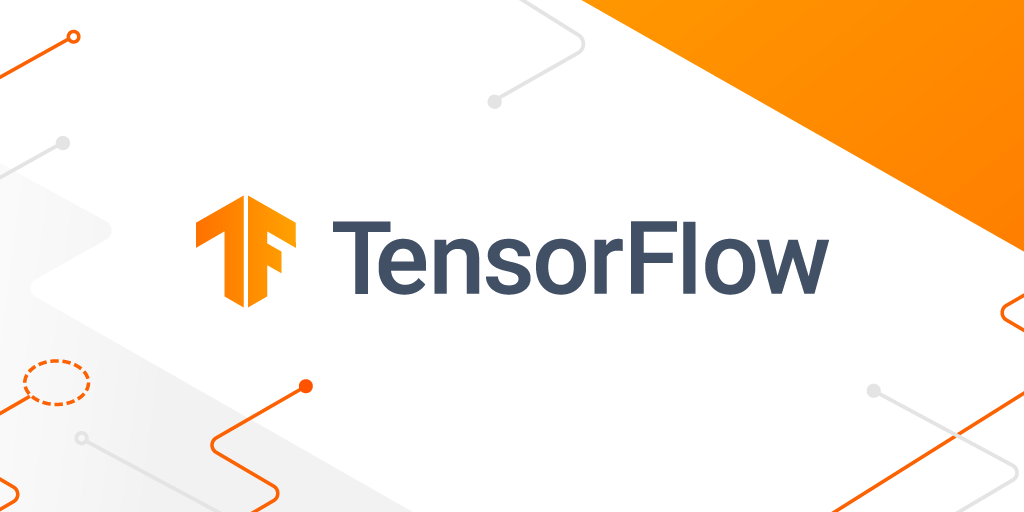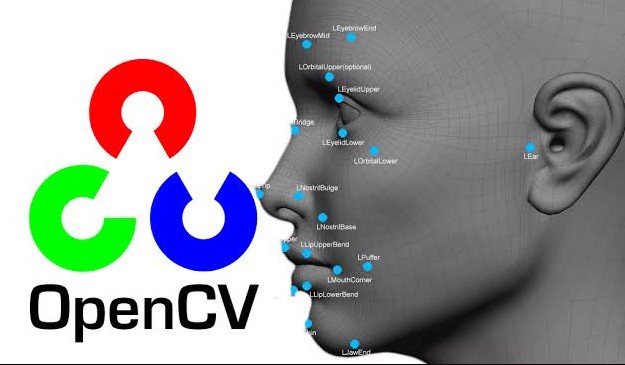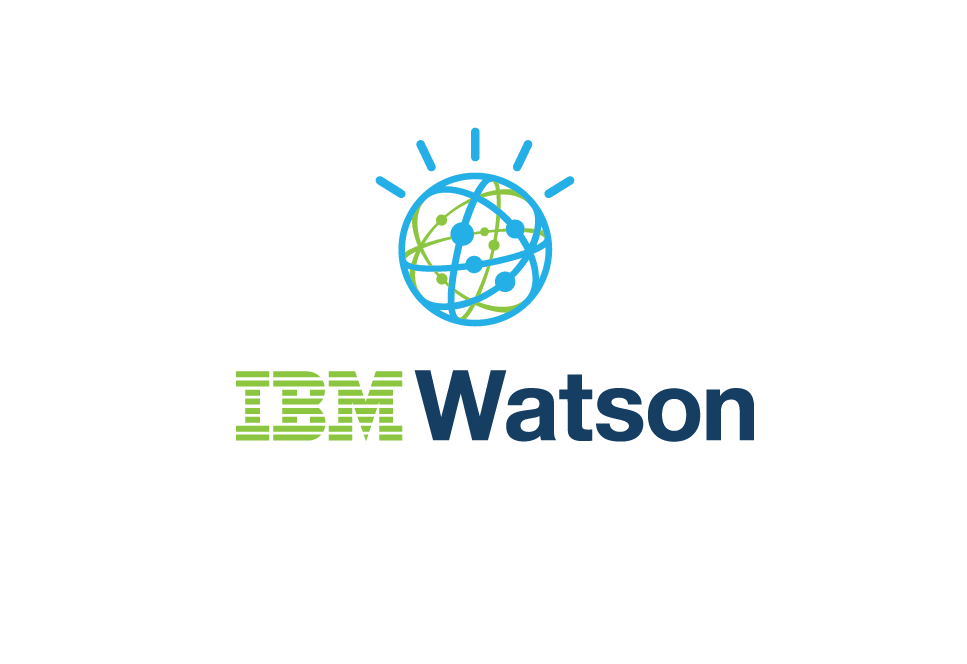Advances in artificial intelligence (AI) have made it possible to give machines superhuman abilities. Machines can now think, reason, and learn on their own. This is the reason that many people are now interested in using AI tools and software to perform work or undertake tasks. However, there’s still a lot of ground left to cover before artificial intelligence systems become commonplace.
Here are details of the 8 Best AI tools in 2023
Let’s Discover the 8 best AI tools in 2023 that are revolutionizing industries and changing the way we work. From natural language processing to computer vision, these cutting-edge tools offer advanced capabilities to streamline workflows, automate tasks, and enhance decision-making. Stay ahead of the curve and explore the power of AI with our comprehensive list of top tools.
1- TensorFlow:

TensorFlow is an open-source library developed by Google that is used for numerical computation using data flow graphs. It is commonly used in deep learning applications and is widely used in research and industry. TensorFlow provides high-level APIs for building and training machine learning models. It also supports distributed computing, allowing you to train models on multiple machines.
2- PyTorch:
PyTorch is another open-source library used for deep learning applications. It is known for its simplicity and ease of use and is often used in research. PyTorch provides a dynamic computational graph, which means that you can change the structure of the graph during runtime. This makes it easier to experiment with different network architectures and learn more about your data.
3- Keras:
Keras is a high-level neural network API that is written in Python. It is widely used for the rapid prototyping of deep learning models. Keras provides a simple and easy-to-use interface for building and training neural networks. It also supports multiple backends, including TensorFlow and Theano, which makes it easy to switch between them.
4- OpenCV:

OpenCV (Open Source Computer Vision Library) is an open-source computer vision and machine learning software library. It is commonly used for image and video processing. OpenCV provides a wide range of functions for image processing, such as filtering, edge detection, and feature detection. It also supports object detection and tracking, which makes it useful in robotics and surveillance.
5- Scikit-learn:
Scikit-learn is an open-source machine-learning library that provides tools for data analysis and machine learning. It is widely used for classification, regression, and clustering tasks. Scikit-learn provides a wide range of algorithms, such as decision trees, support vector machines, and neural networks. It also provides tools for data preprocessing, feature selection, and model evaluation.
6- H2O.ai:
H2O.ai is an open-source machine-learning platform that provides tools for data analysis and machine learning. It is used in business applications for predicting customer behavior, detecting fraud, and other tasks. H2O.ai provides a wide range of algorithms, such as random forests, gradient boosting, and deep learning. It also provides tools for data preprocessing, feature engineering, and model deployment.
7- IBM Watson:

IBM Watson is a suite of AI tools that provide services for natural language processing, speech-to-text conversion, and image analysis. It is widely used in industries such as healthcare, finance, and education. IBM Watson provides APIs for text analytics, speech recognition, and visual recognition. It also provides tools for building chatbots and virtual assistants.
8- Google Cloud AI Platform:
Google Cloud AI Platform is a suite of AI tools that provide services for machine learning, deep learning, and data analysis. It is commonly used for developing and deploying AI models in the cloud. Google Cloud AI Platform provides tools for data preprocessing, model training, and model deployment. It also supports multiple frameworks, such as TensorFlow, PyTorch, and Scikit-learn.
Conclusion :
In conclusion, these are just a few of the many AI tools available today. The choice of tool depends on the specific task at hand and the preference of the user. It is important to keep up with the latest developments in AI technology and choose the right tool for the job. With the right AI tool, you can unlock the full potential of your data and achieve better results.











